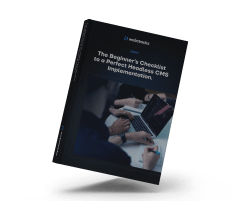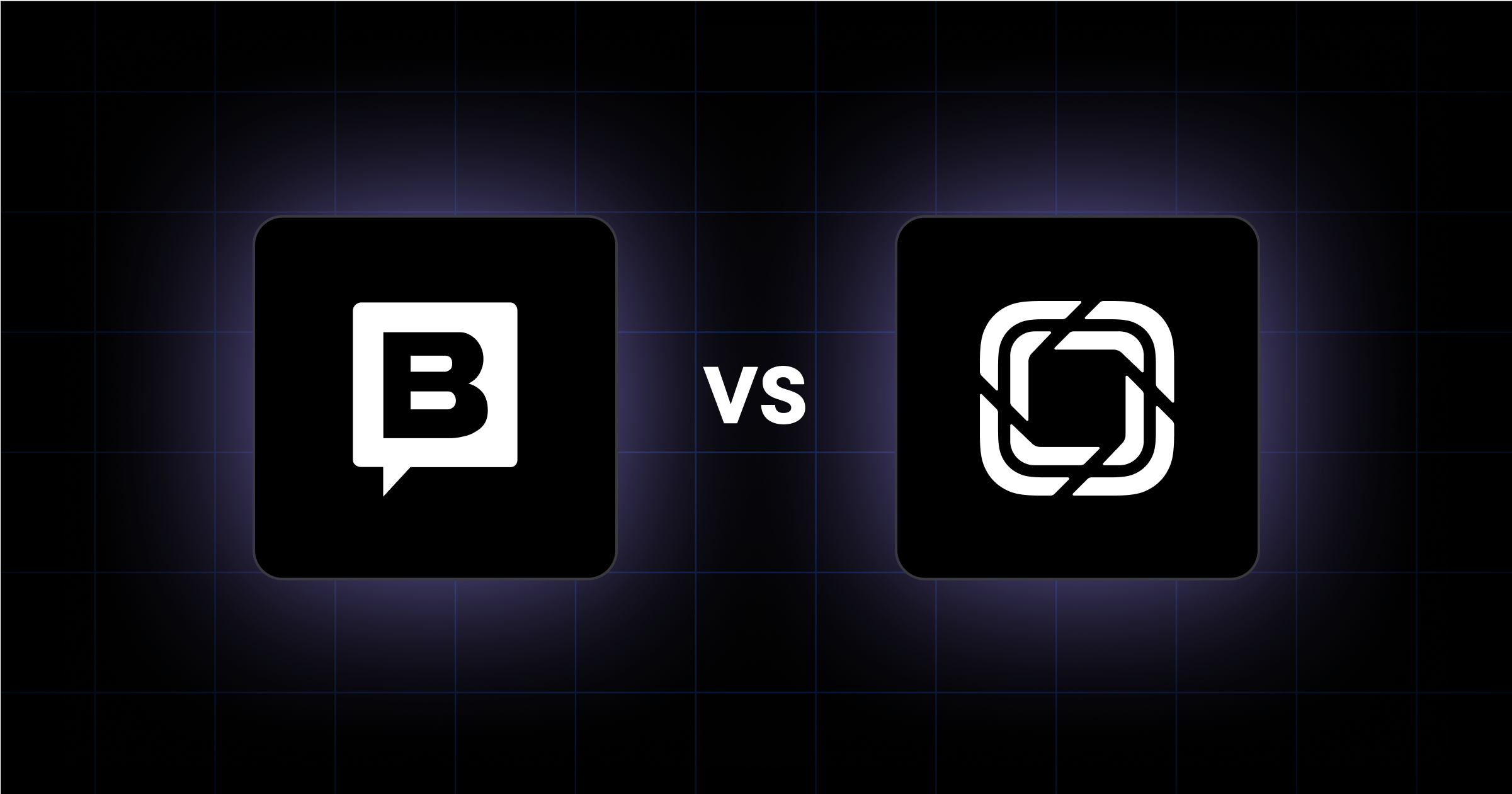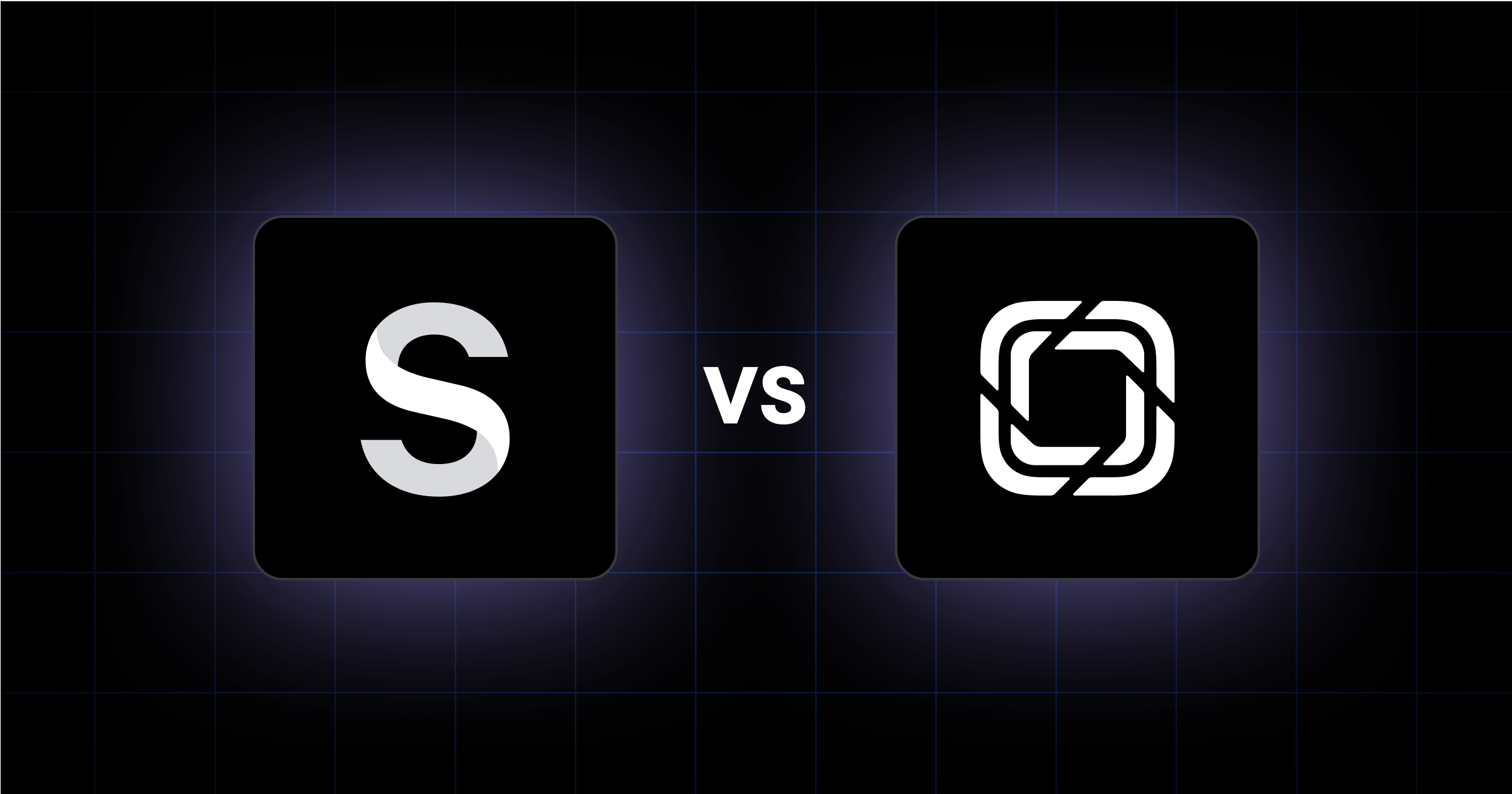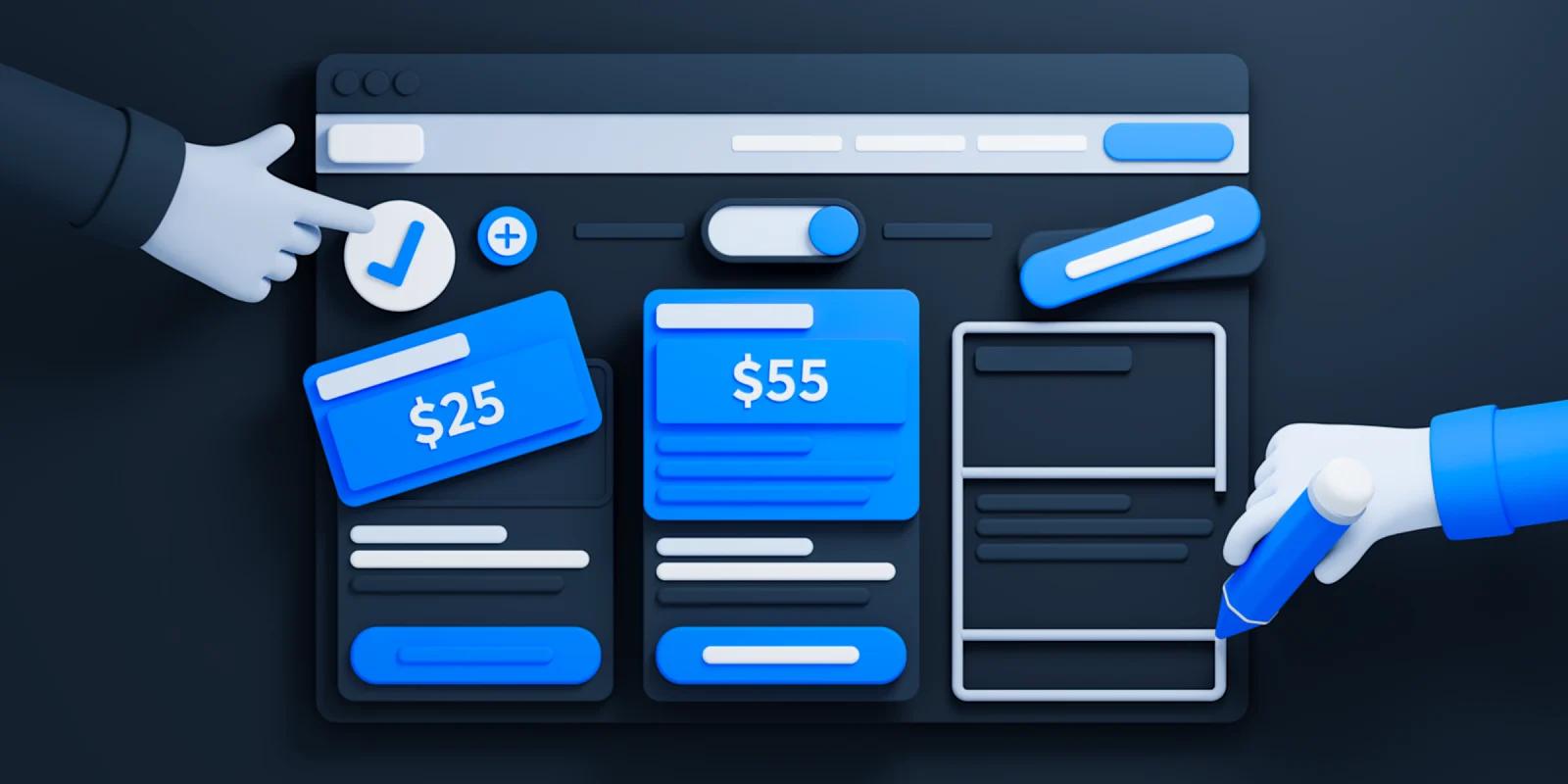You've likely heard that SEO is key to boosting website traffic, but in the world of SaaS, on-page SEO takes on a whole new level of importance in your marketing sector.
Your SaaS website needs to attract the right audience and convert visitors into users. This requires a different approach than traditional websites. As a marketing manager in a mid-sized SaaS company, you’re juggling lead generation, competitive differentiation, and user experience — all while keeping an eye on the latest trends in SEO.
Let's break down what SaaS on-page SEO involves and why it matters for your business.
What is SaaS On-Page SEO
SaaS on-page SEO focuses on optimizing individual web pages to rank higher and earn more relevant traffic in search engines. Unlike general SEO, it tailors strategies to the specific needs of SaaS businesses, which often include complex sales cycles and multiple customer touchpoints.
On-page SEO for SaaS websites is vital because it helps improve visibility, attract qualified leads, and enhance user experience. Given the competitive nature of the SaaS market, optimizing your web pages ensures potential customers find your product when searching for solutions. You can check out our on-page SEO services to see how you can enhance your web presence.
In mid-2022, Google released its Helpful Content Update, which placed strong emphasis on content that effectively satisfies user curiosity and provides genuine value. It is original, offering unique insights rather than merely reiterating existing information.
In contrast, unhelpful content recycles widely available details without adding any new perspective or depth. While key components of SaaS on-page optimization include keyword research, high-quality, content creation, technical SEO, and user experience enhancements. This involves optimizing page titles, meta descriptions, headers, and images, as well as ensuring fast loading speeds and mobile-friendliness.

Keyword Research Strategies for SaaS
Identify Your SaaS Product
Start by pinpointing what sets your SaaS product apart. Understand the specific problems your software solves and the benefits it offers. This helps in identifying keywords that resonate with your target audience. For example, if your SaaS product enhances team collaboration, focus on keywords related to productivity, project management, and team communication.
Map Keywords
Align your keywords with the different stages of the customer journey: awareness, consideration, and decision. During the awareness stage, users search for information about their problems. Use broad, informational keywords like "What is project management software." In the consideration stage, they compare solutions. Target keywords like "best project management tools." Finally, in the decision stage, they look for specific products. Use transactional keywords such as "buy project management software."
Prioritize Keywords
Evaluate keywords based on search intent, volume, and competition. Search intent indicates what users want to achieve with their query. High search volume keywords attract more traffic but often have high competition. Balance between high-volume, competitive keywords, and low-volume, niche keywords. Tools like Google Keyword Planner can help assess these factors.
Use Keyword Research Tools And CRM Data
Leverage keyword research tools to build a comprehensive list. Tools like Ahrefs, SEMrush, and Moz provide valuable insights into keyword performance. Combine this data with your CRM insights to understand which keywords drive conversions. By integrating SaaS website best practices, you can ensure that your keyword strategy is aligned with industry standards and user expectations. Analyze search terms from your CRM to identify high-performing keywords that bring in qualified leads. This integrated approach ensures you target keywords that not only attract traffic but also convert.
What Makes Content Helpful and Reliable?
Producing original, well-researched content that satisfies user intent is the cornerstone of effective SaaS on-page SEO. Start by understanding what your audience is looking for and provide comprehensive answers to their questions. Consider implementing programmatic SEO to streamline content creation and ensure reliability. This means diving deep into topics and offering unique insights that set your content apart from competitors.
Optimizing page titles, descriptions, headings, and structure for readability ensures that your content is easy to navigate and digest. Use clear, concise titles that accurately reflect the content of the page. Break up text with headings and subheadings to guide readers through the material. Properly structured content not only improves user experience but also helps search engines understand the context of your pages.
Showcasing author expertise and first-hand experience builds trust with your audience. Include author bios that highlight relevant qualifications and experiences. This not only adds credibility but also aligns with Google's emphasis on E-A-T (Expertise, Authoritativeness, Trustworthiness). Readers are more likely to engage with content written by knowledgeable and experienced professionals.
Making content visually engaging with images, videos, and interactive elements keeps readers interested and enhances their understanding. Use high-quality visuals that complement the text and provide additional value. Videos can explain complex concepts more effectively than text alone, while interactive elements like infographics and quizzes can make the content more engaging.
Optimizing SaaS Websites for Mobile and Page Experience
Adopt Mobile-First Design Strategy
Your SaaS website must prioritize mobile users. A mobile-first design strategy ensures your site looks and functions well on smartphones and tablets. Start by designing for smaller screens and then scale up for desktops. This approach guarantees that mobile users have a seamless experience, which is crucial given the increasing number of users accessing websites via mobile devices.
Ensure Fast Loading Speeds
Fast loading speeds are non-negotiable. Slow pages frustrate users and lead to higher bounce rates. Use tools like Google PageSpeed Insights to identify and fix issues that slow down your site. Focus on optimizing Core Web Vitals: Largest Contentful Paint (LCP), First Input Delay (FID), and Cumulative Layout Shift (CLS). Incorporating strategies to drive B2B website traffic while improving these metrics can significantly enhance user experience and boost your search rankings. These metrics measure loading performance, interactivity, and visual stability.
Provide Intuitive Navigation
Intuitive navigation helps users find what they need quickly. Simplify your menu structure and use clear, concise labels. Ensure that touch targets, such as buttons and links, are large enough for users to tap easily without zooming in. This is especially important for mobile users who navigate with their fingers. Avoid clutter and keep the design clean to guide users effortlessly through your site.
Minimize Intrusive Ads and Interstitials
Intrusive ads and interstitials disrupt the user experience and can lead to higher bounce rates. Google penalizes sites that use intrusive interstitials, so it's important to minimize their use. Instead, opt for less intrusive methods like inline ads or banners that don't cover the main content. Ensure that any necessary interstitials, such as cookie consent forms, are easy to dismiss and don't hinder navigation. Consider adding interactive elements like a SaaS interactive calculator to enhance user engagement.

Leveraging AI and Structured Data for SaaS On-Page SEO
Optimize for Google's AI Search
To stay ahead in 2024, you need to optimize your SaaS website for Google's generative AI search capabilities. This involves creating content that answers complex queries comprehensively. Google's AI now processes and generates responses based on vast amounts of data, so your content must be thorough and well-structured. Focus on providing detailed answers to potential questions your audience might have. This helps your content appear in AI-generated responses, increasing visibility and driving more traffic to your site.
Help Search Engines Understand Page Content
Structured data is a powerful tool for enhancing your SaaS on-page SEO. By adding structured data markup to your pages, you help search engines understand the content better. Incorporating structured data into your SaaS solutions page design can lead to rich snippets in search results, which attract more clicks. Use schema.org vocabulary to mark up elements like product features, reviews, and pricing. This not only improves search engine understanding but also enhances the user experience by providing clear, concise information directly in search results.
Use AI-Powered Tools for Content Optimization
AI-powered tools can significantly enhance your content optimization efforts. These tools analyze vast amounts of data to provide insights into keyword usage, content gaps, and optimization opportunities. You can identify the most relevant keywords and topics to cover by leveraging AI-powered insights on effective SaaS product pages. Tools like Clearscope and MarketMuse help you create content that ranks higher by suggesting relevant keywords and topics to cover. They also analyze your competitors' content, giving you an edge in creating superior content. Regularly use these tools to refine your content strategy and stay ahead of the competition.
Prepare for the Evolving Landscape of AI in Search
The landscape of AI in search is continually evolving, and staying updated is key. Keep an eye on the latest developments in AI technology and search algorithms. Participate in industry forums, read up-to-date research, and attend relevant webinars. This helps you anticipate changes and adapt your SEO strategies accordingly. Embrace new AI tools and techniques as they emerge, ensuring your SaaS website remains competitive in the ever-changing digital landscape.
Building Authority with Content and Links
Create Content around Key SaaS Topics
To establish topical authority, start by identifying the main topics and pain points relevant to your SaaS product. These topics should align with your audience's needs and interests. Create a series of interconnected articles, guides, and resources that cover these topics in depth. For example, if your SaaS product is a project management tool, develop content clusters around project planning, team collaboration, and productivity tips. Each piece of content within a cluster should link to other related pieces, forming a comprehensive resource hub.
Develop a Logical Internal Linking Structure
A well-organized internal linking structure helps search engines understand the relationship between your content pieces. It also guides users through your website, enhancing their experience. Incorporating SaaS website redesign tips can further improve the effectiveness of your internal linking strategy. Start by linking your main topic pages to subtopic pages and vice versa. Ensure that each page within a content cluster links to other pages in the same cluster. This creates a logical flow that both users and search engines can follow. Use a consistent linking strategy to maintain clarity and coherence across your site.
Use Descriptive, Keyword-Rich Anchor Text
Anchor text plays a significant role in internal linking. Use descriptive, keyword-rich anchor text that accurately reflects the content of the linked page. This helps search engines understand the context and relevance of the linked pages. For instance, instead of using generic phrases like "click here," use specific phrases like "project management tips" or "team collaboration strategies." This not only improves SEO but also provides users with clear expectations about the content they will find.
Regularly Update Internal Links
Maintaining a healthy internal linking structure requires regular updates and pruning. Periodically review your internal links to ensure they are still relevant and functional. Remove or update links that point to outdated or irrelevant content. This helps prevent broken links and ensures that your internal linking structure remains effective. Regularly adding new links to fresh content keeps your site dynamic and up-to-date. This ongoing maintenance helps sustain your site's authority and user experience.
Strategies to Combat SaaS Content Decay
Identify Content Decay Using Analytics
Start by using analytics tools to pinpoint pages experiencing a decline in traffic and engagement. Look for metrics like reduced page views, higher bounce rates, and lower average time on the page. Tools like Google Analytics can help you track these metrics over time. Identify which pages have lost their relevance or visibility and need attention. This data-driven approach ensures you focus on the areas that will have the most impact.
Update Outdated Content
Once you've identified the pages suffering from decay, update them with current information and data. Ensure that all statistics, references, and examples are up-to-date. Add new insights or developments in your industry to keep the content relevant. Refreshing your content not only improves its accuracy but also enhances its value to readers. This can help regain lost traffic and improve search engine rankings.
Remove Thin, Irrelevant, or Duplicate Pages
Evaluate your content inventory for thin, irrelevant, or duplicate pages. Thin content lacks depth and doesn't provide much value to readers. Irrelevant content no longer aligns with your current offerings or audience needs. Duplicate content can confuse search engines and dilute your SEO efforts. Consolidate similar pages into comprehensive resources, and remove pages that no longer serve a purpose. This streamlines your site and improves overall content quality.
Implement a Content Refresh Schedule
To achieve content at scale, create a regular content refresh schedule. Plan periodic reviews of your content to ensure it remains relevant and accurate. This proactive approach helps prevent content decay before it starts. Regular updates signal to search engines that your site is active and well-maintained, which can positively impact your rankings. Consistent content maintenance keeps your audience engaged and your site competitive in search results.

Conversion Optimization Techniques for SaaS Pricing Pages
Apply Psychological Pricing Tactics
Psychological pricing tactics can significantly influence how users perceive your pricing. Anchoring involves presenting a higher-priced option first to make other options appear more affordable. For example, if you list an enterprise plan at $200 per month before showing a standard plan at $100 per month, the standard plan looks more attractive.
Highlight the Most Popular Pricing Tier
Showcasing the most popular or recommended pricing tier can guide users toward making a decision. Use visual cues like badges or highlighted boxes to draw attention to this plan. Label it as "Most Popular" or "Best Value" to create a sense of social proof and urgency. This tactic helps users quickly identify the plan that others prefer, making their decision-making process easier.
Use Social Proof and Trust Signals
Social proof and trust signals can enhance the credibility of your pricing page. Include testimonials from satisfied customers, logos of well-known clients, and case studies that demonstrate the effectiveness of your product. Trust signals like security badges, money-back guarantees, and certifications reassure potential customers that your service is reliable and worth the investment.
Include Prominent Calls-to-Action
Prominent calls-to-action (CTAs) are vital for converting visitors to your pricing page. Use bold, contrasting buttons with clear, action-oriented text like "Get Started" or "Sign Up Now." Position these CTAs strategically near the pricing options.
Risk reducers like free trials or money-back guarantees can alleviate concerns and encourage users to take the plunge. Offering a free trial allows potential customers to experience your product's value without immediate financial commitment, increasing the likelihood of conversion.
See the Webstacks difference: schedule a brief discovery call today. Discover how we can transform your website into a powerful marketing tool. Visit us at Webstacks to get started!




